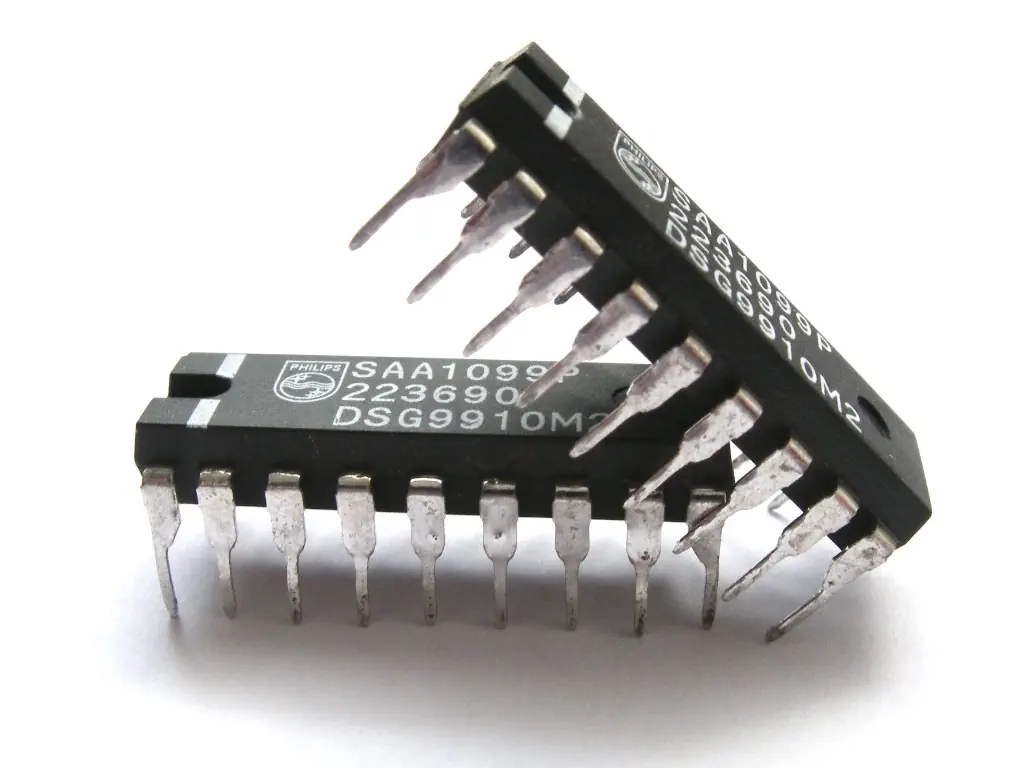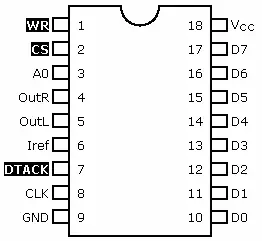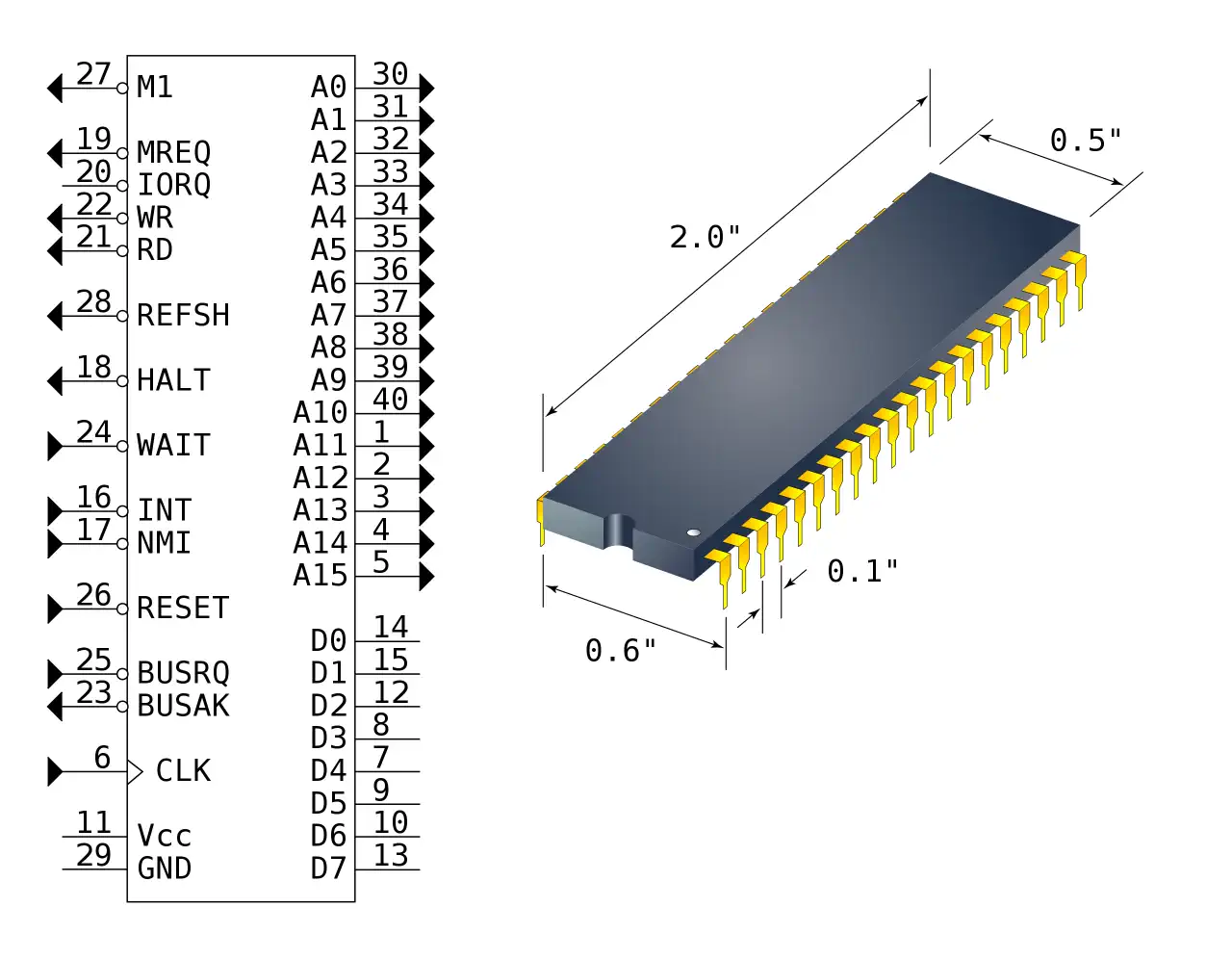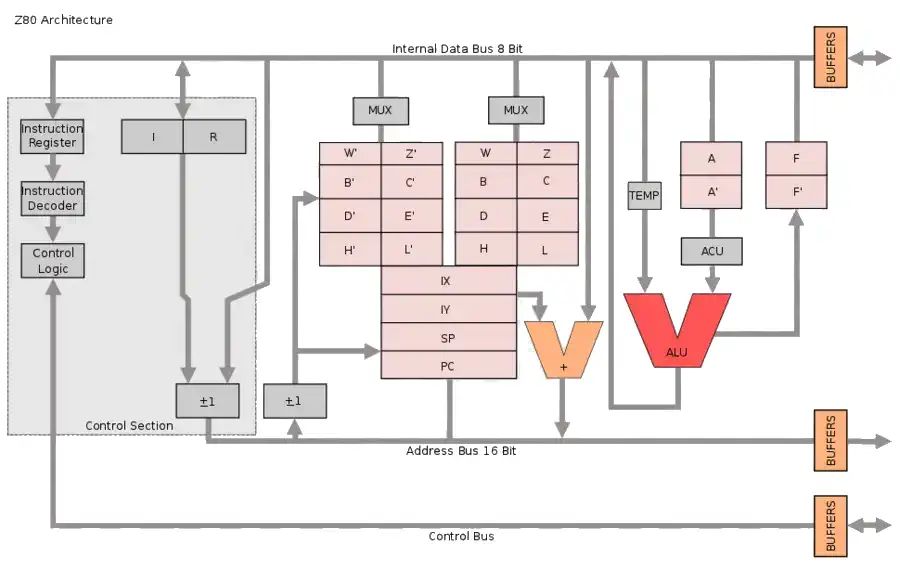Sam Coupé
The Sam Coupé was designed by Bruce Gordon of Miles Gordon Technology and released in 1989 in the United Kingdom. The computer was designed to be backwards compatible with the ZX Spectrum 48K and marketed as the successor of the Spectrum. The computer had 256kB of RAM, which could be upgraded internally to 512kB. Externally the memory could be upgraded with an additional 4MByte in 1MB increments via the Euroconnector on the back of the computer.
The computer was designed around the Zilog Z80B clocked at 6MHz. This choice of an 8-bit processor in 1989 faced touch competition from the faster 16-bit processors of the Coupé's rivals. Graphics are provided by a 10,000 gate Application-Specific Integrated Circuit (ASIC) in combination with the Motorola MC1377P RGB to PAL/NTSC video encoder. The function of an ASIC chip is described using a hardware description language such as Verilog or VHDL, similar to how an FPGA is programmed.
The SAM Coupé has four display modes:
- Mode 1 - 256x192 ZX compatible (1 bit per pixel, 2 colors per 8x8 block)
- Mode 2 - 256x192 1 bit per pixel, 2 colors per 8x1 block
- Mode 3 - 512x192 2 bits per pixel, 4 colors per pixel
- Mode 4 - 256x192 4 bits per pixel for 16 colors per pixel
Due to the fact that internal RAM is shared between the display an the CPU, the CPU is forced to wait for ASIC memory access to complete. As a result, the Coupé effectively only runs about 14% faster than the ZX Spectrum CPU. Add the extra work the CPU has to do due to the higher resolution and color depth, and the computer actually runs slower in those modes. The ASIC of that time did not have enough wafer space to implement hardware sprites or scrolling, so the Coupé was significantly hampered by these design limitations.
The SAM Coupé is capable of outputing six channels of 8-octave stereo sound, which is provided by a Philips SAA1099 Sound Generator Chip. This chip can also produce four 3-bit sample channels, which was used by clever programmers to playback Amiga Tracker modules. To provide backwards compatibility with the ZX Spectrum, the SAM also has a single-bit beeper channel that can be used to emit simple tones by turning the bit on and off, just like on the original Spectrum.
The Coupé is equiped with a Citizen 3.5 inch slimline Floppy Disk Drives, which sits just below the keyboard on the front. A flaw in the design of the SAM causes disk corruption when the computer is reset while there is a disk in the disk-drive. The SAM could be upgraded with a second drive, for which it has a bay in the case.
Expansion Ports
- Two internal drive bays.
- Non-standard SCART (RGB, Composite & Power input)
- 64-pin euroconnector for expansion
- Proprietary Mouse Connector
- 5-pin DIN connector for Light pen + Sound
- MIDI I/O ports (also for networking)
- 9-pin Atary style joystick port.
- 3.5mm mono cassette jack for load/save to cassette.
ZX Spectrum compatibility was limited to the 48K model. The 128K model had an incompatible memory map and uses a completely different sound generator. With clever hacking of the code, and a 1MByte memory expansion on the SAM to provide the address space, some games could be converted though. Spectrum Compatibility was buggy, the machine ran at a different CPU speed, so it needed to introduce extra wait states, which got it close to the ZX speed, but it was still far enough off that some software like anti-piracy loaders did not work. Later a device called "The Messenger" was introduced that could record the state of a connected ZX Spectrum, that could then be loaded into a SAM. Not exactly a satisfactory solution.
Sam Coupé Backside

The Philips SAA1099 Sound Generator Chip
The Philips SAA1099 sound generator is a 6-channel 8-octave sound generator chip produced in the 1980's. The chip can produce several different waveforms by locking the volume envelope generator to the frequency generator. It also has a noise generator with 3 preset frequencies which can be locked to the frequency generator for a greater range. This noise generator can also be used to output 3-bit audio samples with some clever programming. The chip can output sound in fully independent stereo.

Philips SAA1099 pin-out

Zilog Z80 CPU Family
The Z80 quickly became popular in the personal computer market, with many early personal computers, such as the TRS-80 and Sinclair ZX80, using the Z80 as their central processing unit (CPU). It was also widely used in home computers, such as the MSX range, SORD, and the Amstrad CPC, as well as in many arcade games. Additionally, it was also used in other applications such as industrial control systems, and embedded systems. The Z80 was widely used until the mid-1980s, when it was gradually replaced by newer microprocessors such as the Intel 80286 and the Motorola 68000.
The Z80 microprocessor was developed by Zilog, a company founded by Federico Faggin in 1974. The Z80 was released in July 1976, as a successor to the Intel 8080. It was designed to be fully compatible with the 8080, but also included new features such as an improved instruction set, more powerful interrupts, and a more sophisticated memory management system.
The Z80 quickly became popular in the personal computer market, with many early personal computers, such as the TRS-80 and Sinclair ZX80, using the Z80 as their central processing unit (CPU). It was also widely used in home computers, such as the MSX range, SORD, and the Amstrad CPC, as well as in many arcade games. Additionally, it was also used in other applications such as industrial control systems, and embedded systems. The Z80 was widely used until the mid-1980s, when it was gradually replaced by newer microprocessors such as the Intel 80286 and the Motorola 68000. The design was licensed to Synertek and Mostek as well as the European SGS.
The Z80s instruction set is binary compatible with the Intel 8080, so that 8080 code such as the CP/M Operating System and Intel's PL/M compiler for the 8080 can run unmodified on the Z80. The Z80 had many enhancements over the 8080 such as 16-bit data movement instructions, block copy and block I/O instructions, single bit addressing of all registers, IX/IY offset registers, better interrupt system and a complete duplicate register file for context switching during an interrupt.
Source: WikiPedia

RAM max: 4.5MB Sound Chip Philips SAA1099 Sound 6 channel, 8 octave stereo
1-bit beeper channel Display Chip Motorola MC1377P
VGT-200 ASIC Display 512x192 in 4 color
256x192 in 16 color Best Color 16 colors Best Graphics 512x192 System OS SAM BASIC, CP/M Storage 3.5" FDD
Cassette tape


